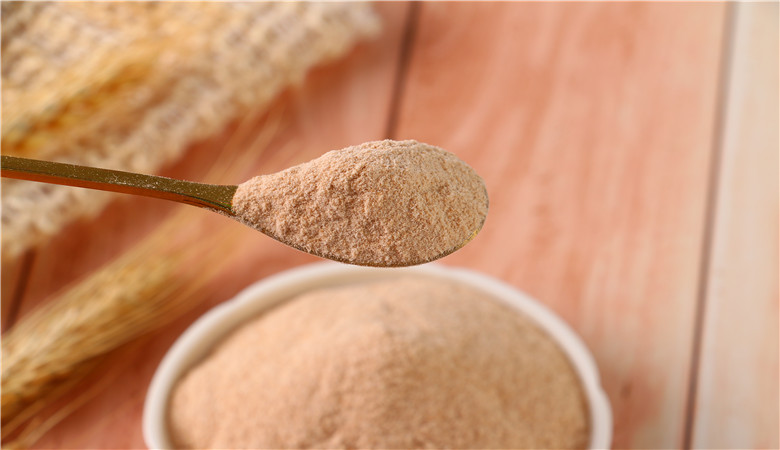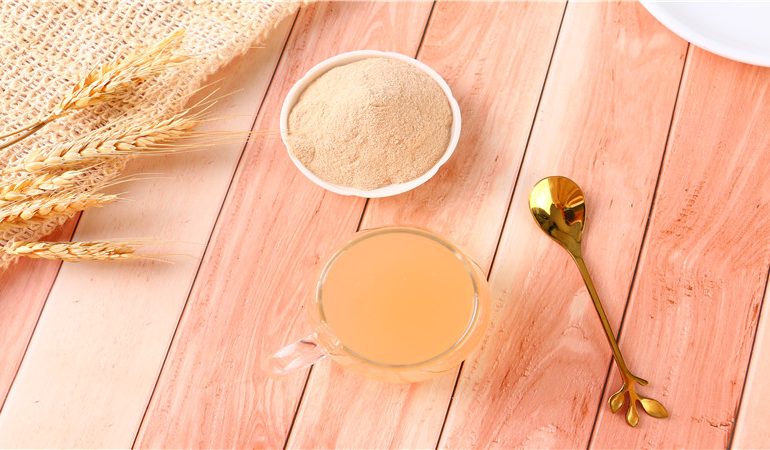We are a pectin manufacturer with many years of experience. We can use low methoxyl pectin to make some foods. So how is low methoxyl pectin prepared and applied? The supplier will introduces LM pectin to you below.

The supplier introduces LM pectin
The production of pectin is generally extracted with hot water at a low pH. When producing powdered pectin, it is precipitated with alcohol and then dried and powdered. The pectin extracted is HMP pectin. If de-esterification is carried out under acidic or alkaline conditions. LM pectin can be obtained. Changes in extraction conditions or deesterification conditions. A wide variety of pectins are available.
1. Alkali method
Put the pectin concentrate into a stainless steel pot. Add ammonium hydroxide to adjust the pH to 10.5. Then the temperature was kept at 15°C for 3h. Add an equal volume of 95% alcohol and an appropriate amount of hydrochloric acid. Reduce the pH to around 5. After stirring, let it stand for 1 hour. The precipitated pectin is filter out. Squeeze it dry first, and then wash it with 50% and 95% alcohol respectively. After being pressed dry, spread on a baking tray. Dry in a vacuum dryer at 65°C. Besides, we can obtain the finished product after removing, grinding and packaging. The yield is approximately 90% of the amount of pectin. Then, we can get low methoxyl pectin.
2. Enzymatic method
Enzymatic method is to use pectin lipase to degrease and extract low-methoxyl pectin. Cai Changhe et al. (1996) of Guangdong Fruit Research Institute successfully developed an industrial production technology for extracting low-fat pectin from pomelo peel by enzymatic method. Compared with the traditional alkaline method and acid method, it has the advantages of easy process control, high product quality, energy saving and cost reduction. The process flow is as follows: pomelo peel → crushing → water washing → degreasing → gum extraction → filter press → sedimentation → filter press → demineralized alcohol washing → filter press → drying → crushing → finished product.
Application of LM pectin
People widely use low methoxyl pectin in low-sugar jams, dairy products, bakery products, mirror pectin and yogurt and other fields. Its solid content needs to be less than 60% of the product. And the product needs to contain calcium ions or other metal ions. This will eventually form a gel.
The use condition of low methoxyl pectin is that the pH of the system is 2.6~6.8. The solid content is higher than 10%. Requires the presence of calcium ions (at least 15mg/g pectin). Furthermore, people mainly use it for low-sugar jam, yogurt pulp base, soft candy, sweets, glazing of baked products, etc.
In the specific application, the choice of pectin depends entirely on the system conditions, production costs and product requirements. Amide pectin has greater versatility than ordinary low methoxyl pectin. Generally, pectin should dissolve in pure water first, and then mixed with other auxiliary materials. The viscosity of the pure pectin solution is very low and it is a Newtonian fluid. The general application content of pectin in jam or jelly ranges from 0.3% (high-ester pectin, about 65% soluble solids) to 0.7% (amide and low methoxyl pectin, about 35% soluble solids).
Generally speaking, high methoxyl pectin cannot form a gel above pH 3.5. Low-ester pectin cannot form a gel even after pH>6.5. From the properties and functions of pectin, we know that any changes in the conditions in the system will affect the use effect. If a pre-gel is form, not only will the production cost increase, but also the product quality will decrease. Changing other factors may also make the pre-gel phenomenon disappear.
In addition, if you want to purchase low methoxyl pectin, you can contact us at any time.

